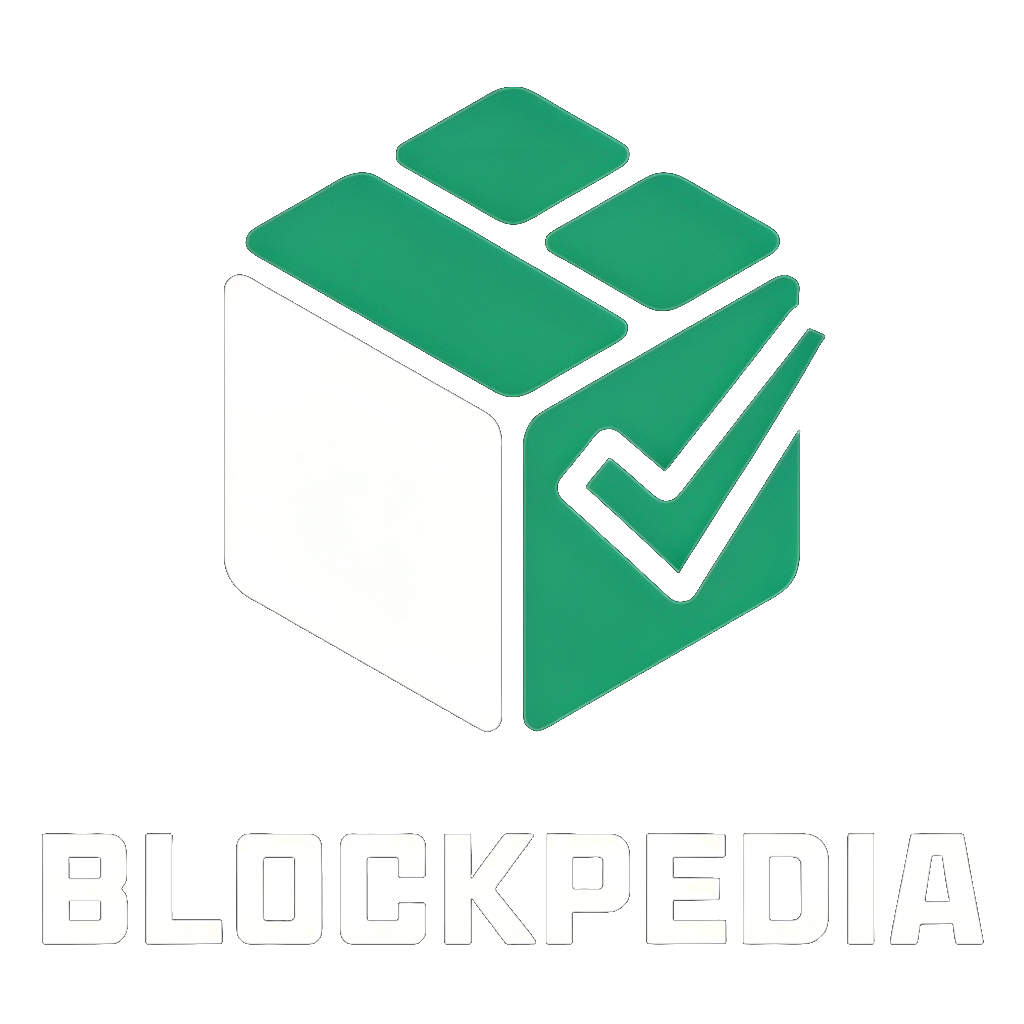Gas Limit
The Gas Limit is a fundamental concept in the Ethereum network, referring to the maximum amount of gas that can be spent on a single block. Gas is the unit of measurement for the computational effort required to execute transactions and smart contracts on the Ethereum blockchain.
Understanding Gas Limit
In Ethereum, each transaction or smart contract execution requires a certain amount of computational power, which is measured in gas. The Gas Limit is the maximum amount of gas that can be spent on a block, and it is set by the network's protocol. The Gas Limit is used to prevent a single transaction or contract from consuming too much computational power, which could lead to network congestion and slow down the entire blockchain.
How Gas Limit WorksWhen a user sends a transaction or deploys a smart contract, they must specify the gas limit they are willing to pay for. The gas limit is the maximum amount of gas that the user is willing to spend on the transaction or contract execution. If the transaction or contract requires more gas than the specified limit, it will fail and the user will not be charged for the excess gas. The Gas Limit is also used to calculate the transaction fee, which is paid to the miner who validates the transaction.
Importance of Gas Limit
The Gas Limit plays a crucial role in maintaining the security and scalability of the Ethereum network. By limiting the amount of gas that can be spent on a single block, the network prevents:
- Denial-of-Service (DoS) attacks: By limiting the amount of gas that can be spent, the network prevents malicious actors from launching DoS attacks that could overwhelm the network.
- Network congestion: The Gas Limit helps to prevent network congestion by limiting the number of transactions that can be processed in a single block.
- High transaction fees: The Gas Limit helps to keep transaction fees low by preventing a single transaction or contract from consuming too much computational power.
Gas Limit in Practice
In practice, the Gas Limit is set by the Ethereum network's protocol and is currently set at 30 million gas per block. However, this limit can be adjusted by the network's developers to ensure the smooth operation of the blockchain. Users can also adjust the gas limit for their transactions and contracts to ensure that they are executed efficiently and at a reasonable cost.
In conclusion, the Gas Limit is a critical component of the Ethereum network, ensuring the security, scalability, and efficiency of the blockchain. By understanding how the Gas Limit works and its importance, users and developers can better navigate the Ethereum ecosystem and build more efficient and secure applications.
